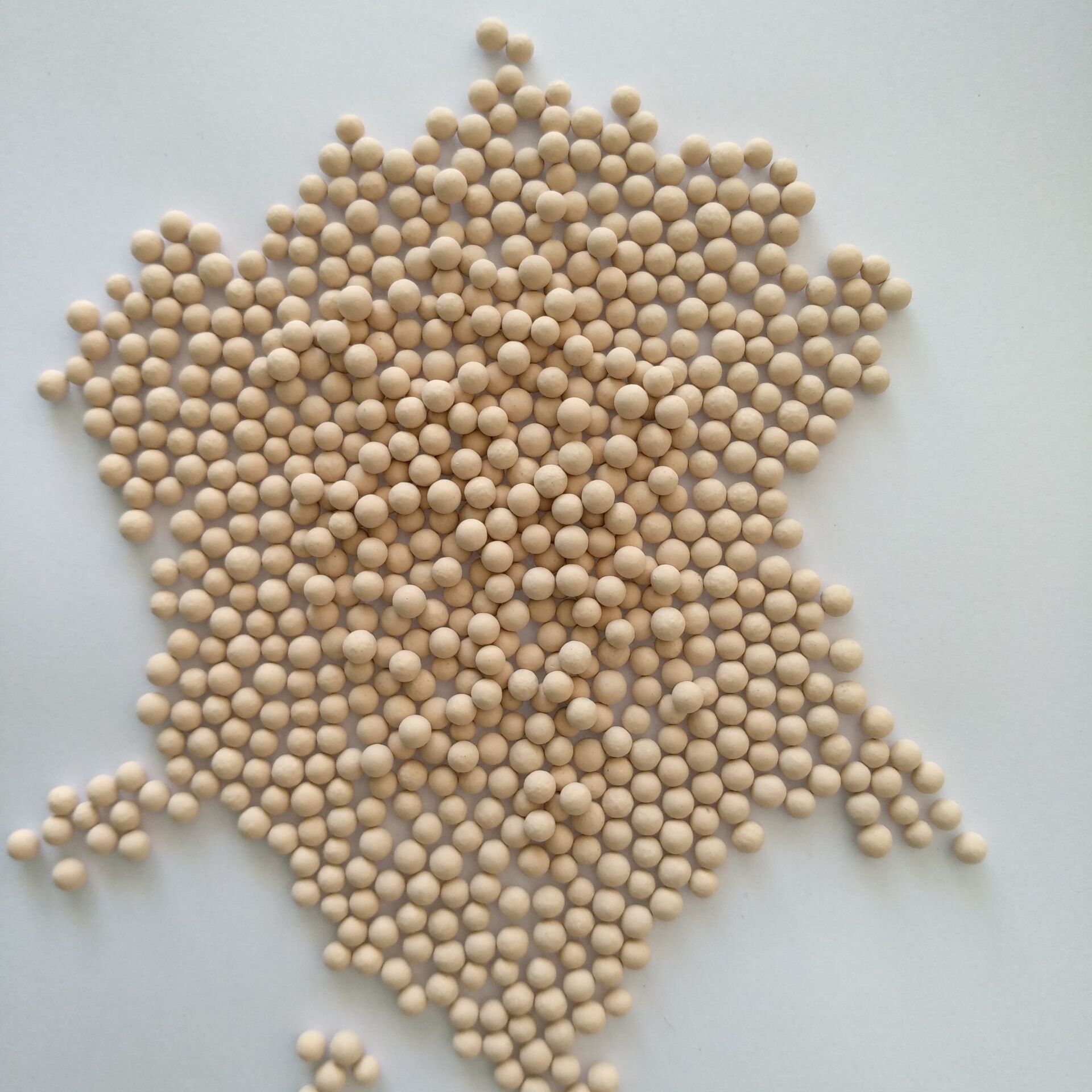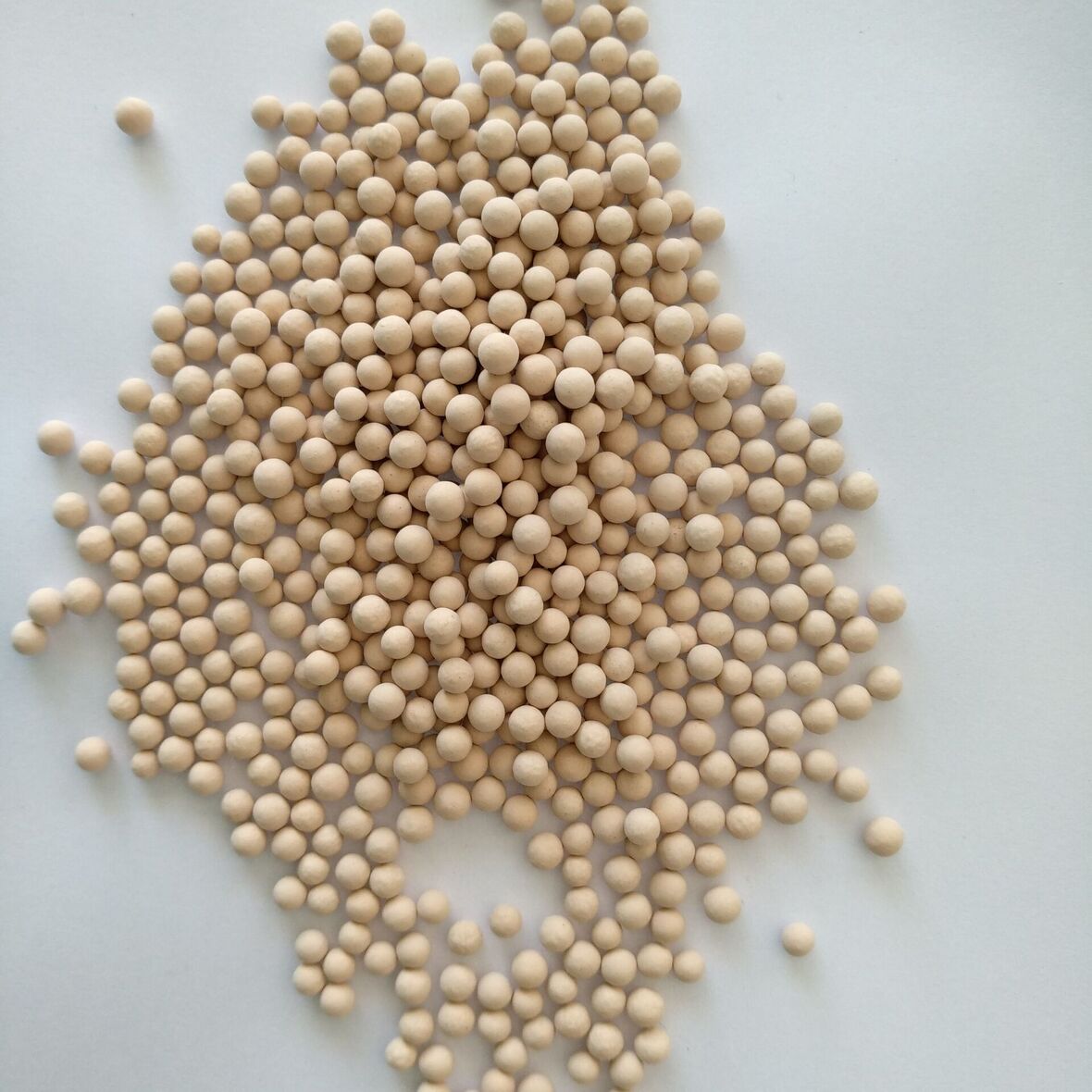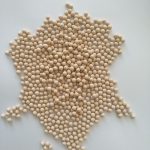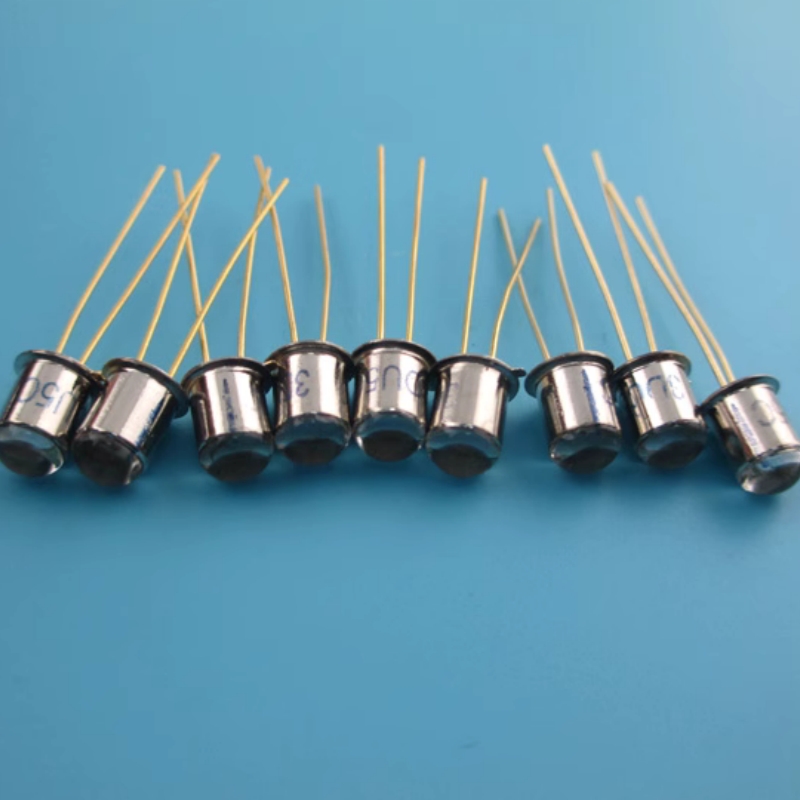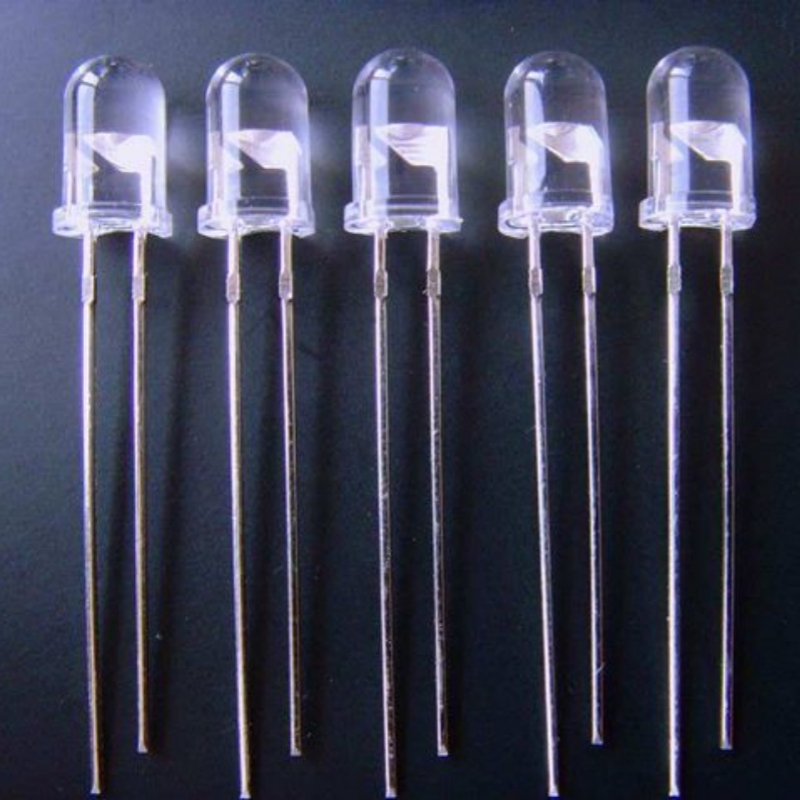High-efficiency noble metal hydrogenation catalyst is an advanced catalytic material designed for selective hydrogenation reactions with superior activity and stability. Engineered using optimized noble metal-supported formulations, it ensures enhanced hydrogenation efficiency, precise reaction control, and prolonged operational lifespan for industrial applications. This catalyst is widely used in fine chemical synthesis, pharmaceutical intermediate production, and petrochemical refining, delivering reliable performance in controlled hydrogenation environments.
Product Overview
The PACAT series of noble metal hydrogenation catalysts use modified macroporous γ-Al₂O₃ as the support, with platinum (Pt) or palladium (Pd) as the active components. The catalyst features a uniform metal particle size distribution and a strong binding force with the support material, ensuring excellent hydrothermal stability and resistance to CO poisoning. It also avoids chloride residues during reactions, ensuring long-term stability. This catalyst is particularly suitable for non-selective continuous hydrogenation reactions involving oxygen-containing compounds and is widely used in various industrial applications.
Key Features
- Uniform Metal Distribution: The uniform distribution of noble metal particles ensures high efficiency and stability in catalytic reactions.
- Excellent Hydrothermal Stability: The catalyst demonstrates outstanding resistance to hydrothermal conditions, making it suitable for high-temperature, high-pressure reactions.
- CO Poisoning Resistance: It has a strong ability to resist CO poisoning, increasing reaction reliability and extending the catalyst’s lifespan.
- No Chlorine Residue: It prevents chlorine from contaminating the reaction system and equipment, ensuring stable long-term operation.
- Wide Applicability: Suitable for a broad range of non-selective hydrogenation reactions involving oxygen-containing compounds, with extensive industrial applications.
Applications
- Hydrogenation of Benzoic Acid to Cyclohexanecarboxylic Acid: Used in the hydrogenation of benzoic acid to produce cyclohexanecarboxylic acid, which is widely applied in plastics, coatings, and other industries.
- Catalytic Hydrogenolysis of Glycerol to Produce 1,3-Propanediol from Biomass: Used in the hydrogenation of biomass-derived glycerol to produce 1,3-propanediol, which is used in cosmetics, pharmaceuticals, and plastics industries.
- Hydrogenation of Diisononyl Phthalate (DINP) to Produce Diisononyl Cyclohexane Dicarboxylate (DINCH): Used in the hydrogenation of DINP to produce DINCH, meeting environmental standards and used in flexible plastics, rubber, and other fields.
- Hydrogenation of Dimethyl Terephthalate (DMT) to Produce Dimethyl Cyclohexane Dicarboxylate (DMCD): Used in the hydrogenation of DMT to produce DMCD, which can further be processed to 1,4-cyclohexanedimethanol (CHDM), widely applied in polyester production and plastics industries.
 new material
new material

